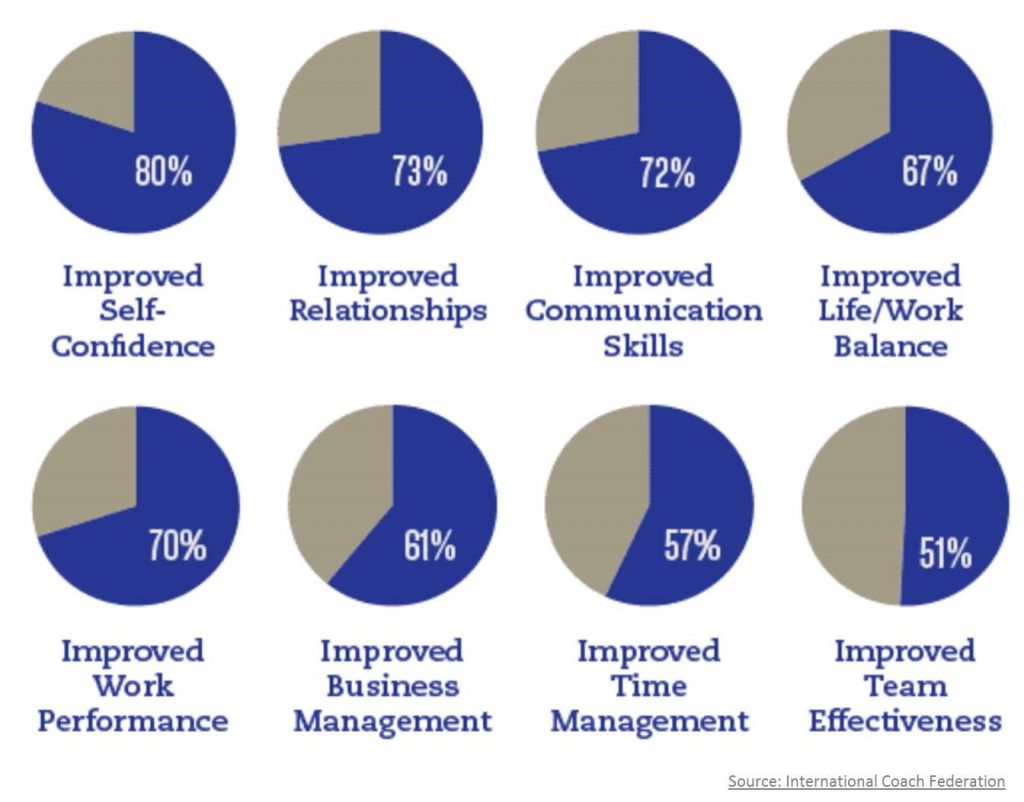Coaching is “Improving the performance of somebody who is already competent rather than establishing competence in the first place”
So many leadership studies and analysis created the guide to plenty of business and behavioral concepts at the workplace. One of them is the importance of creating a coaching culture. A healthy coaching culture at work has several benefits for the business and the employees alike. In this introduction, we will not get into all these benefits neither we will discuss them in detail, however, it is only fair to start by highlighting those that have longer impact on the performance of the business and employees. Starting with the employees, they will be provided with development opportunities that will enhance their Awareness – Abilities – Actions and Accountabilities (4A’s). Therefore, they tend to feel more valued and motivated. In turn, the business can mitigate the risk of high staff turnover and save money on recruitment by encouraging progression and promoting from within.
Saying that special attention should be made to creating a coaching culture that will not get diluted in the process of daily operations. In other words, the priority of coaching culture at the workplace should maintain its position through commitment and continuous engagement regardless of any objectives shifting. Coaching culture at the workplace needs to be established as a priority deadline, otherwise, it might get delayed and forgotten.

In order to paint a clear picture about the creation of a coaching culture at work, this paper will discuss the following:
In order to paint a clear picture about the creation of a coaching culture at work, this paper will discuss the following:
- What is Coaching?
- Why do I need to Coach?
- Benefits of Coaching
- Four Steps to Build an Effective Coaching Culture
The Benefits of Coaching
- Improved Performance: The first and most important outcome of coaching is that the employee will be able to perform some task or responsibility better than he or she could prior to coaching.
- Staff Development: Most large organisations operate some form of appraisal and succession planning systems. Both of these are based on the assumption that employees will not only be encouraged to do their existing jobs better but will also be developed so that they can assume more challenging, responsible and senior positions in the future.
- Job Satisfaction: Employees become frustrated and stressed when they are having difficulty doing their jobs or are seen to be underperforming. Just by helping them perform their key tasks effectively and to an acceptable standard, coaching can give employees job satisfaction and a sense of achievement.
- Better Interpersonal Relations: A side effect of a coaching culture is that staff start communicating openly, solving problems constructively and giving and receiving help.
- More Delegation and Empowerment: Coaching creates more competent, confident staff, so managers are more likely to delegate increasingly responsible tasks, thus freeing more coaching or strategic thinking time for the manager and enriching the jobs of the subordinates.
- New Ideas: Because good coaching involves the employee in defining ways to improve performance, there is always the potential for any coaching session to produce creative, innovative ideas that can benefit the organization.

Four Steps to Build an Effective Coaching Culture
1. Start with the senior leaders first
Engaging senior leaders will help employees follow suit. Senior leaders require such reminders every now and then, as their impact on employees is detrimental to the development of the business and individuals alike, especially in terms of mirroring their behavior. Respect is earned.
2. Follow-through: do what you say you are going to do
Starting the process of coaching is the beginning of being on the right track. Naturally by considering that, our good intentions are in the right place but following through with action is the only way to nurture it. If you are telling employees that you encourage feedback, honesty and that you apply an open door policy, then provide them with the resources to apply just that.
3. Quality over quantity: don’t coach for coaching sake
Neither more coaching sessions nor the length of the session means better coaching. Coaching needs to be made a regular occurrence in order to become part of the culture. Such a culture will become the pillar of learning and growing, which ultimately leads to a team that is better at listening, thinking, learning and changing.
4. Provide feedback to employees in the right way
Feedback has to be given in the right way and at the right time
To provide effective feedback to employees there are a few rules of thumb that have proved successful in making progress with building a coaching culture, they are:
- Make feedback timely so people can remember the event and incorporate the feedback into their learning
- Start with something positive, to generate a positive mood and make people more receptive
- Frame advice positively so it is more likely to be heard and followed
- Choose only ideas that are achievable for employees
Always remember that Creating a coaching culture begins with the right questions!
About the Author
Hadi Chocair
Skill Builder
To see a full range of our offered courses on Leadership Skills, visit http://l2s.net/leadership-courses/
